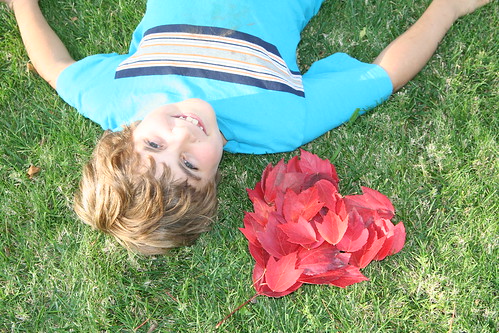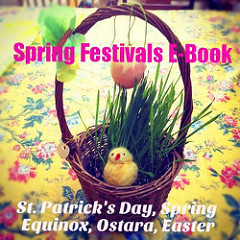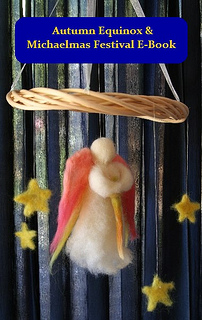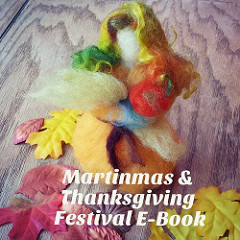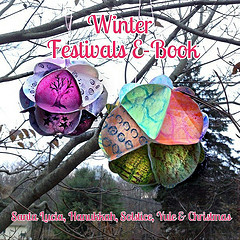Third Grade
I stand here, quietly gaping. Not too close, but neither am I uninvolved in what my son is doing in school these days. I watch with eagerness, hoping for glimpses into his life away from home, where he is encountering challenges both familiar to me and also completely alien. I listen with keen interest to every morsel he brings home and chooses to share. I am talking about my son’s experience of third grade at his Waldorf school.
In past years I have describe his school and its curriculum as “magical” or “enchanting.” It still is that, but this year it has taken on a new quality—a feet-on-earth quality that is serving to ground him and build him up in confidence and competence.
I will try to illustrate what I mean.
In third grade, the children study gardening. They will do so throughout their Waldorf lower school grades, but gardening is emphasized this year in particular. They are also studying ancient Hebrew culture and also cooking. To tie all of these together, they have harvested fruits and vegetables on the school farm, made soup from the harvest, built a sukkah (hut), and celebrated the Hebrew festival of Sukkot by eating in the sukkah. They are also learning songs in Hebrew. It used to be rare for Lucas to sing for us at home songs he learned at school. Now he swells with pride to sing in Hebrew a song about beating swords into ploughshares so that nations will go to war no more and that people can grow their vines and fig trees instead, which is taken from this Bible passage:
“They shall beat their swords into plowshares and their spears into pruning hooks.
Nation shall not take up sword against nation, they shall never again know war.
But they shall sit every one under their vines and fig trees,
and none shall make them afraid.” (Micah 4.3-4)
Recently, they made bread in cooking class. But like the Little Red Hen, they really MADE THE BREAD. They cut down the stalks of wheat that they themselves sowed last year in second grade. Then they threshed the grain. Then they winnowed to separate the grain from the chaff. Then they ground the wheat to make flour. And only then, did they make and eat their bread.
Do you see why this boggles me?
Right now they are in the midst of a building block. This is a key element to the third-grade curriculum. Their class is going to rebuild and expand the school’s Oak Stage, an outdoor stage set in the woods on the school grounds near the American River that was getting a little too rickety. The children demolished the stage last week and together moved 8 tons of river rock! (Many hands make light work.) They poor cement tomorrow, barring rain. They will place their handprints into the foundation of the stage they are building for the school. Next week they will be measuring, sawing, hammering, building both the stage and their own skills.
In the classroom and in the kitchen (which are the same this year), they are learning about measurement, too. Tying in with their language arts study of the Old Testament and the Hebrews, they have learned how big a cubit is (debatable, but roughly the length of the forearm from elbow to tip of middle finger—about 18 inches), and that Noah’s Ark was 300 cubits long. Today they went out to the school’s field, rulers in hand, and measured out the size of the Ark, to see for themselves how big it might have been. “That’s 450 feet long, mom!” They are also learning about spans, fathoms, yards, and feet, experiencing these concepts in their own limbs.
“Firmly on the earth I stand.”
